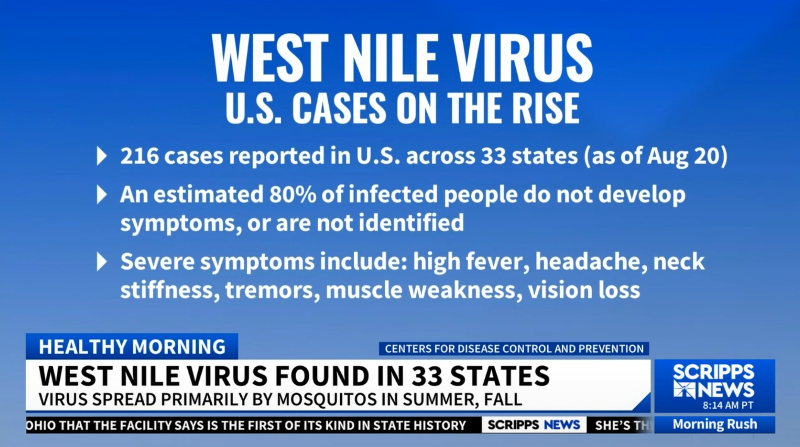1.Systematic identification of minor histocompatibility antigens predicts outcomes of allogeneic hematopoietic cell transplantation
DOI: 10.1038/s41587-024-02348-3
https://pubmed.ncbi.nlm.nih.gov/39169264/
The allogeneic response of T cells to minor histocompatibility antigens (mHAgs)—polymorphic peptides generated by donor-recipient (D-R) differences at genetic polymorphic loci—is central to the effectiveness of allogeneic hematopoietic cell transplantation (allo-HCT). Although mHAgs play a crucial role in graft-versus-leukemia (GvL) and graft-versus-host disease (GvHD) responses, linking patient-specific mHAg repertoires to clinical outcomes remains challenging. In this study, the researchers developed an analytical framework to systematically identify mHAgs, including their detection on HLA class I ligands and functional validation of their immunogenicity. This approach relies on detecting polymorphisms through whole-exome sequencing of germline DNA from D-R pairs and integrating these findings with organ-specific transcriptomic and proteomic expression data.
For more detailed information, please refer to the original paper.
2.Safety and efficacy of allogenic human amniotic epithelial cells transplantation via ovarian artery in patients with premature ovarian failure: a single-arm, phase 1 clinical trial
DOI: 10.1016/j.eclinm.2024.102744、
https://linkinghub.elsevier.com/retrieve/pii/S2589537024003237
Premature ovarian failure (POF) is a widespread and serious condition for which no effective treatment currently exists to restore ovarian function. This article investigates whether human amniotic epithelial cells (hAECs) have a protective effect on the ovaries in a Phase I clinical trial, consistent with the outcomes observed in preclinical models. The study included a total of 35 patients who underwent allogeneic hAEC transplantation. Follow-up evaluations revealed that this treatment temporarily improved endometrial thickness, ovarian size, hormone levels, and menopausal symptoms in POF patients.
For more detailed information, please refer to the original article.
3.CT strain metrics allow for earlier diagnosis of bronchiolitis obliterans syndrome after hematopoietic cell transplant
DOI: 10.1182/bloodadvances.2024013748
https://pubmed.ncbi.nlm.nih.gov/39163616/
Bronchiolitis obliterans syndrome (BOS) following hematopoietic cell transplantation (HCT) is associated with high morbidity and mortality. Quantitative CT (qCT) has been used to diagnose late-stage BOS, which meets the National Institutes of Health (NIH) criteria (NIH-BOS), but it has not yet been applied to diagnose early, often asymptomatic BOS (Early BOS). This study examined 84 patients, including 66 with BOS (as defined by NIH, early-stage, or mixed) and 18 without BOS, and found that qCT metrics can identify individuals with early BOS. This paves the way for closer monitoring and early treatment in this vulnerable population.
For more detailed information, please refer to the original article.
4.Criteria and prognostic models for patients with hepatocellular carcinoma undergoing liver transplantation
DOI: 10.3350/cmh.2024.0323
https://e-cmh.org/journal/view.php?doi=10.3350/cmh.2024.0323
This article reviews the latest findings and advancements in the selection criteria for liver transplantation (LT) in patients with hepatocellular carcinoma (HCC) and post-transplantation prognostic models. LT has become a crucial treatment option for HCC patients, with the Milan criteria being widely adopted as the cornerstone of selection policies. To allow more patients to benefit from LT, several expanded criteria have been proposed. Many of these criteria use radiological morphological features of larger and more numerous tumors as surrogate indicators to predict outcomes. Other groups have developed indices that include biological variables and dynamic markers of response to locoregional therapies. These expanded selection criteria have yielded satisfactory results, even in the context of limited liver availability.
Additionally, numerous prognostic models have been developed utilizing clinical and pathological features, radiological radiomics characteristics, genetic data, and advanced technologies like artificial intelligence. These models enhance prognosis estimation, help establish monitoring strategies, and improve the long-term outcomes of patients with hepatocellular carcinoma.
For more detailed information, please refer to the original article.
5.Targeting CDC42 reduces skeletal degeneration after hematopoietic stem cell transplantation
DOI: 10.1182/bloodadvances.2024012879
Osteopenia and osteoporosis are common long-term complications of the cytotoxic conditioning regimens used in hematopoietic stem cell transplantation (HSCT). In this study, researchers examined mesenchymal stem and progenitor cells (MSPCs), including skeletal progenitors from mice that underwent HSCT. These MSPCs exhibited reduced CFU-F frequency, increased DNA damage, and enhanced cellular senescence, corresponding with decreased bone mass in the animals that received HSCT. The study suggests that reduced CDC42 activity is sufficient to mitigate the functional decline of MSPCs in the bone marrow transplant environment.
For more detailed information, please refer to the original article.









Post comments